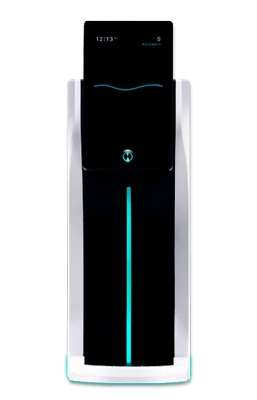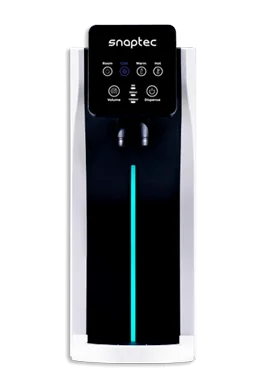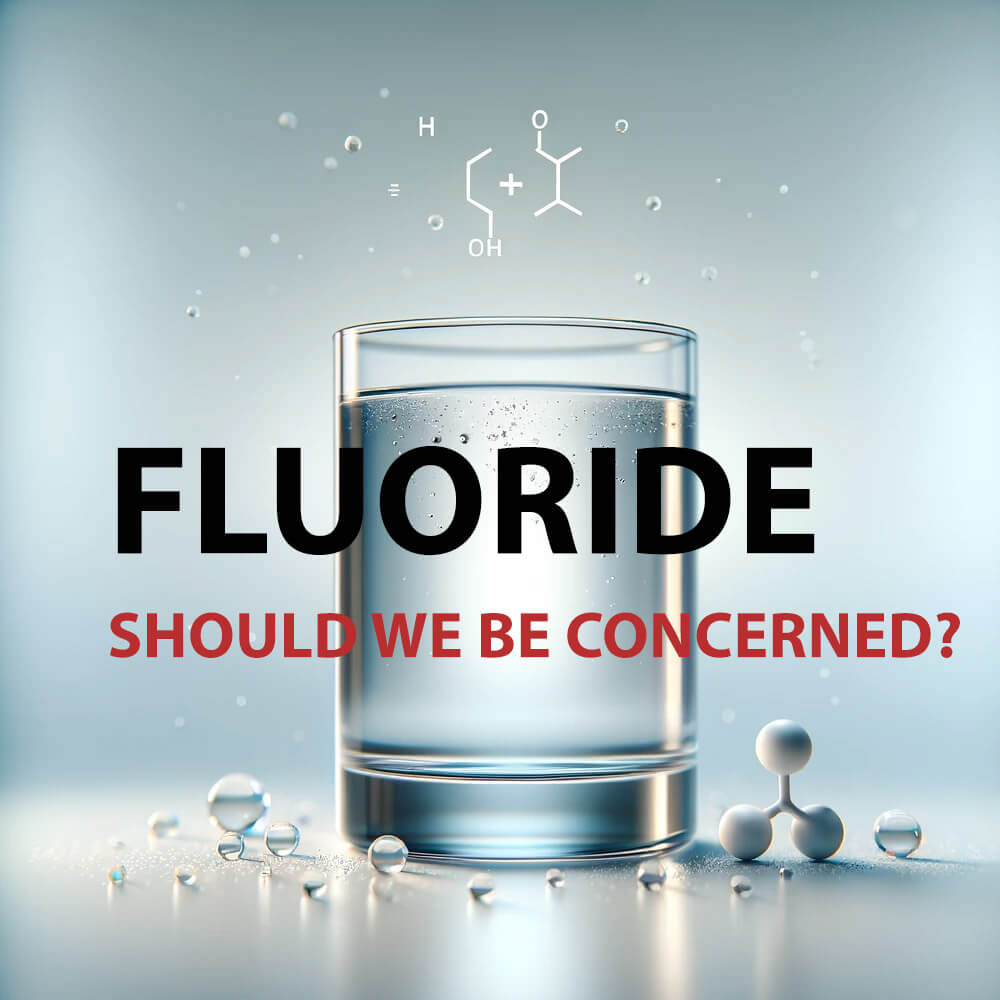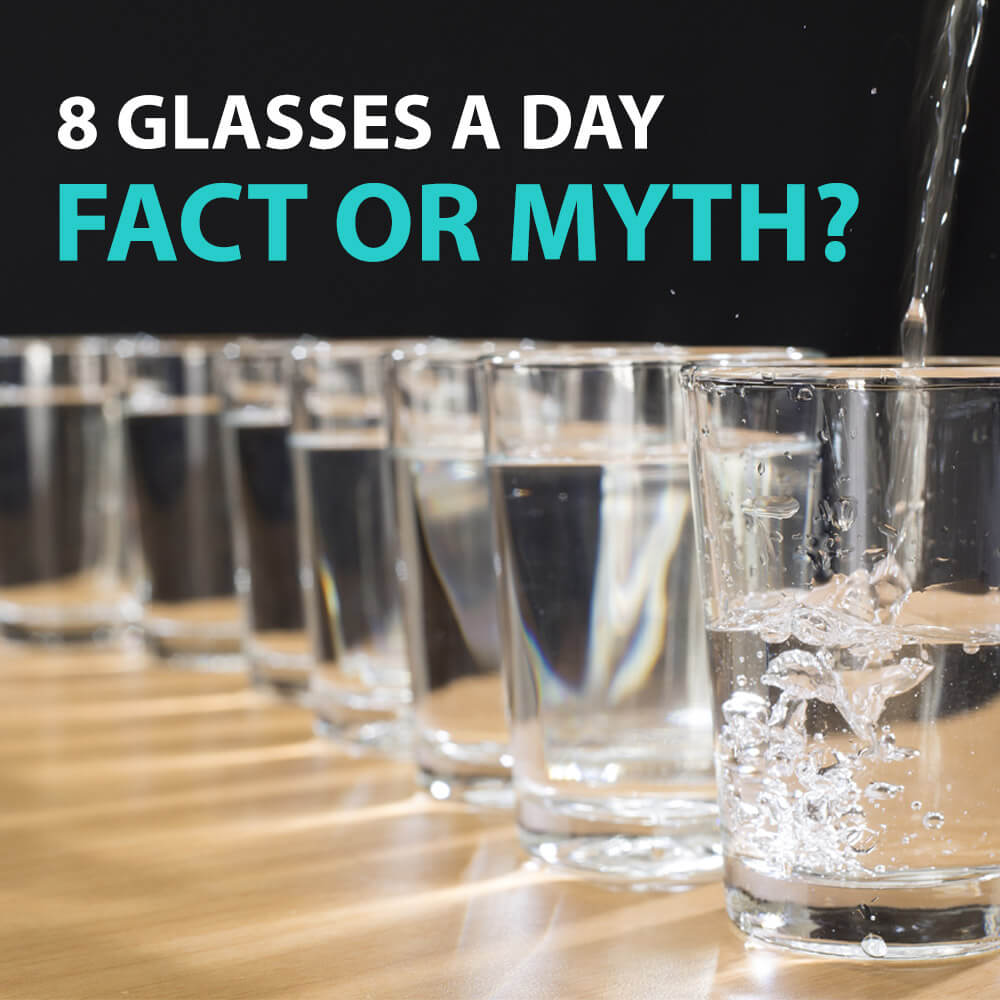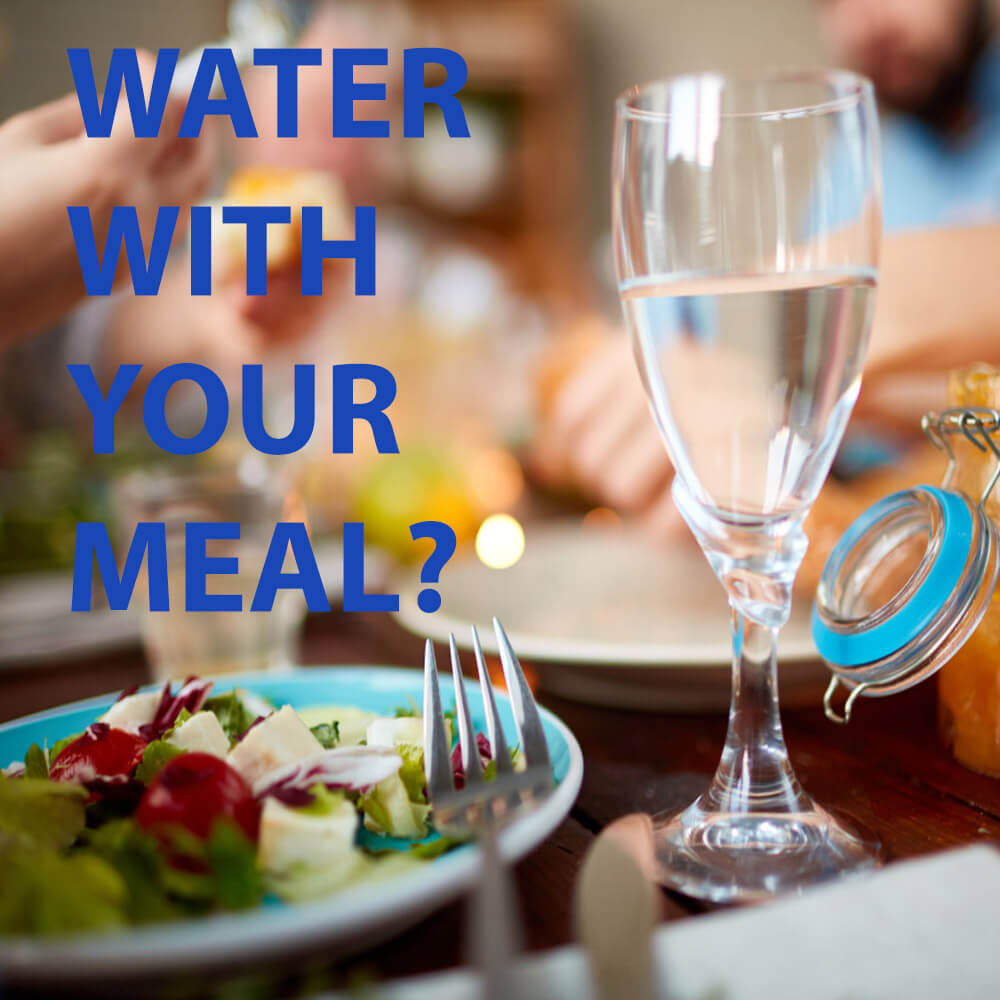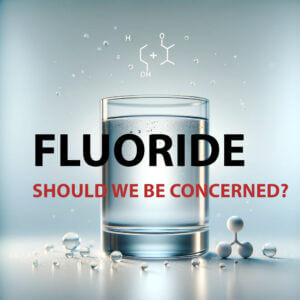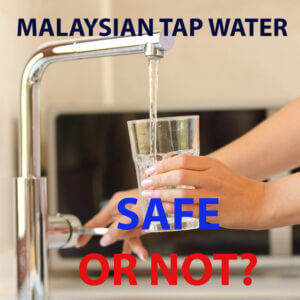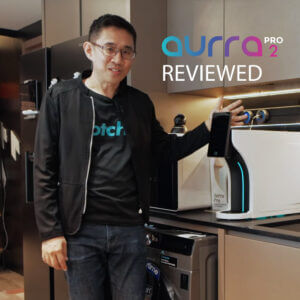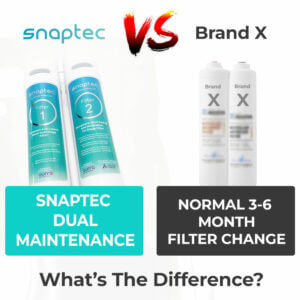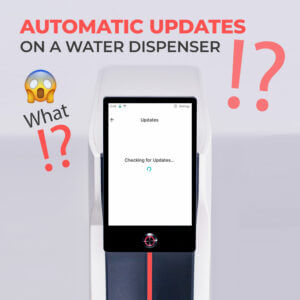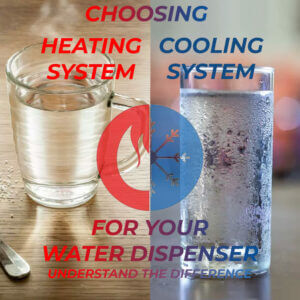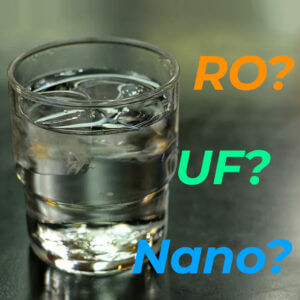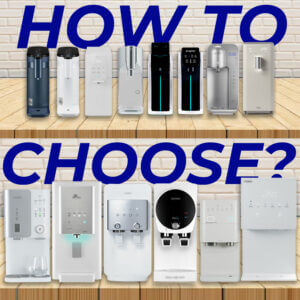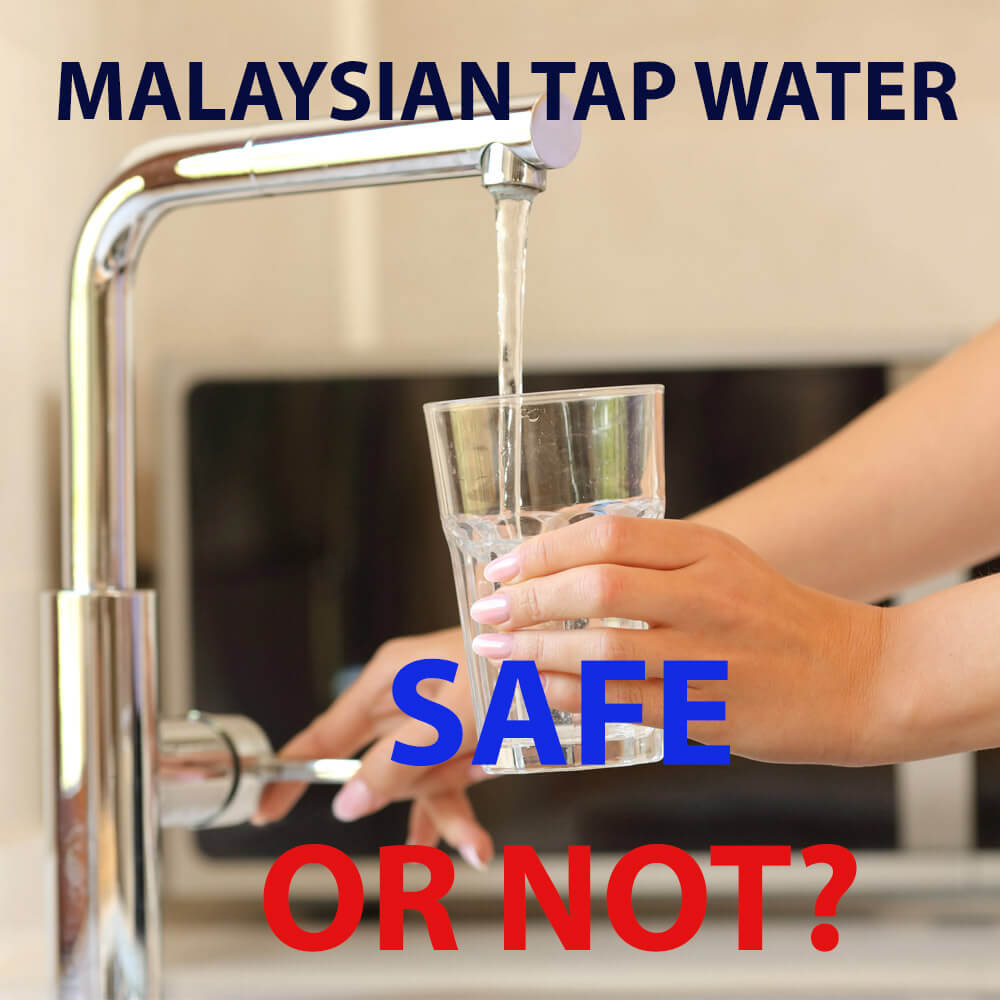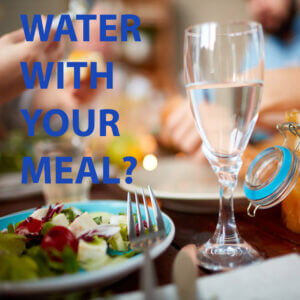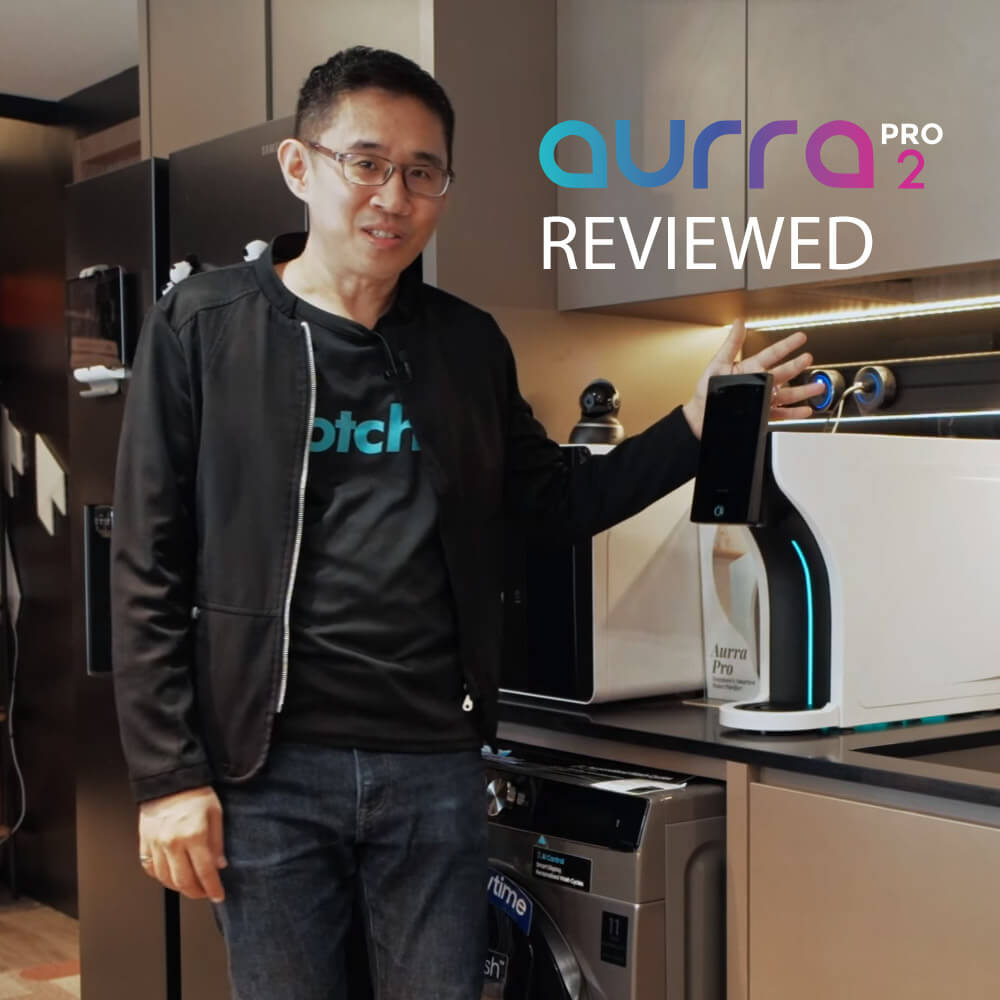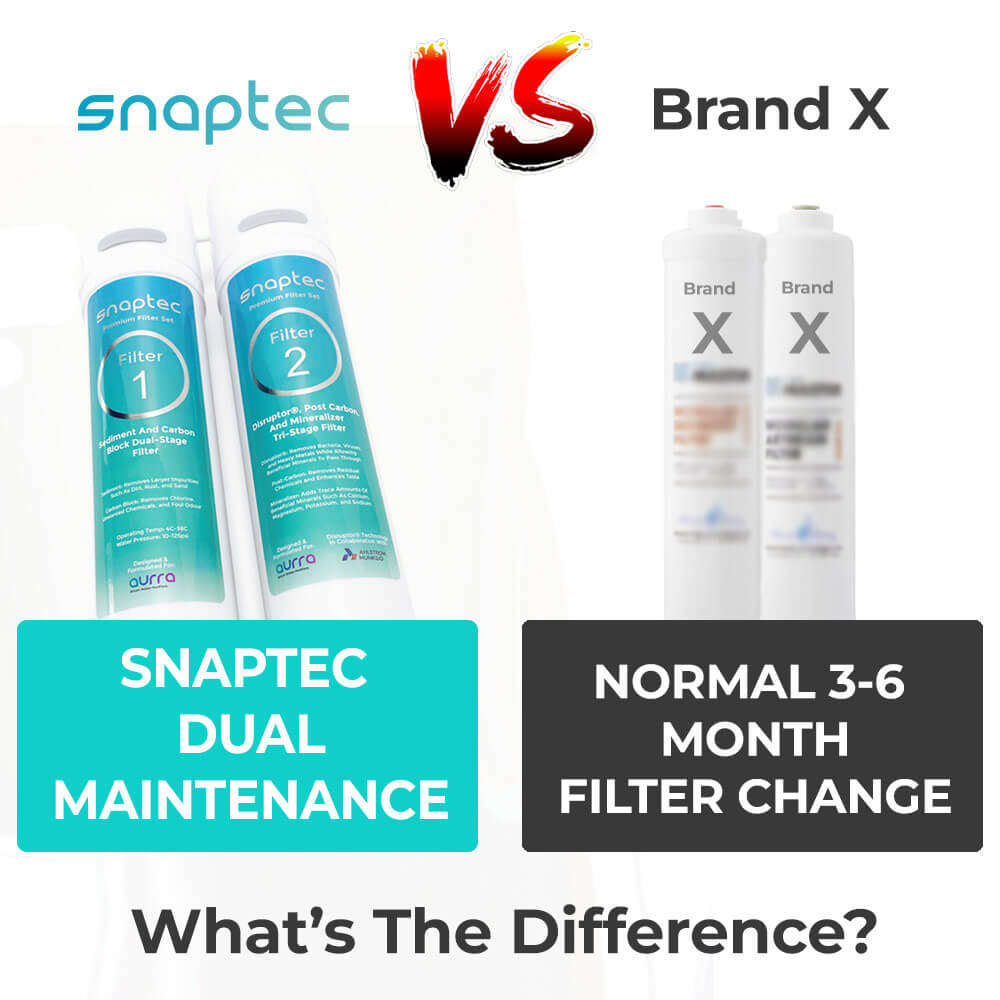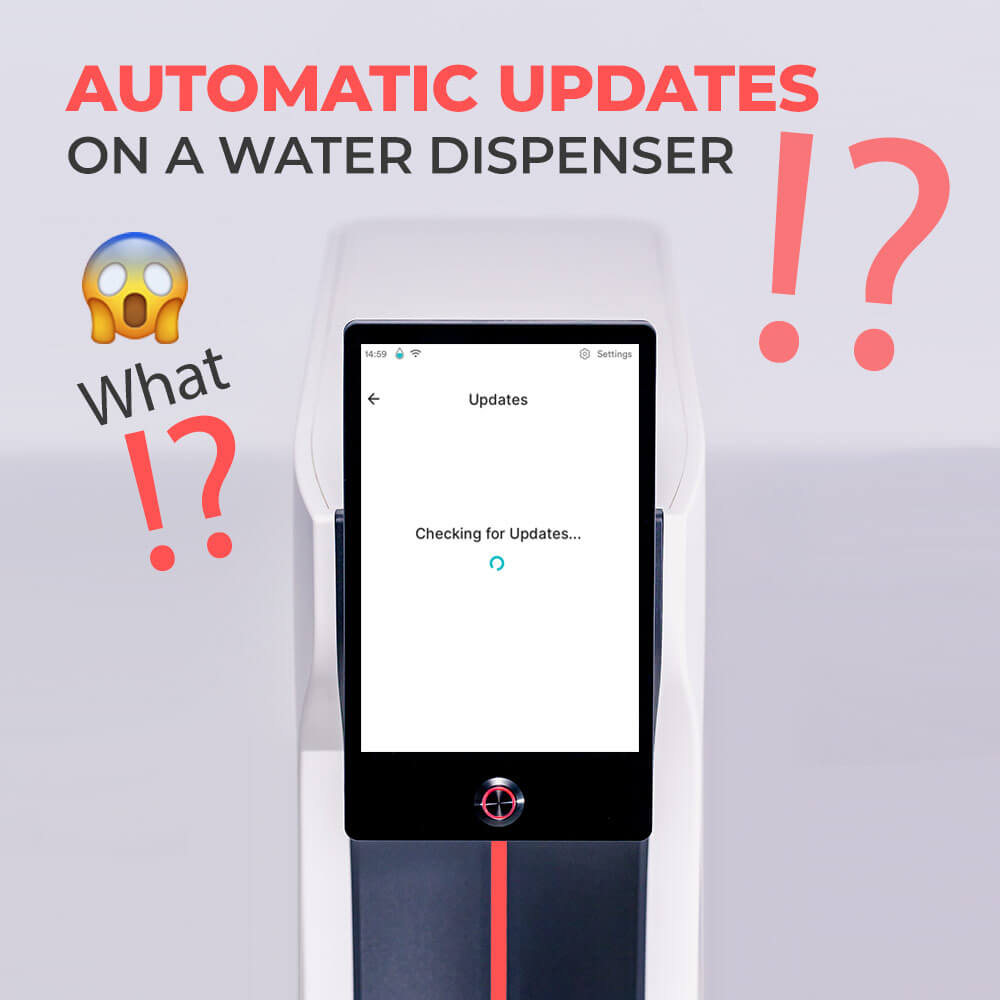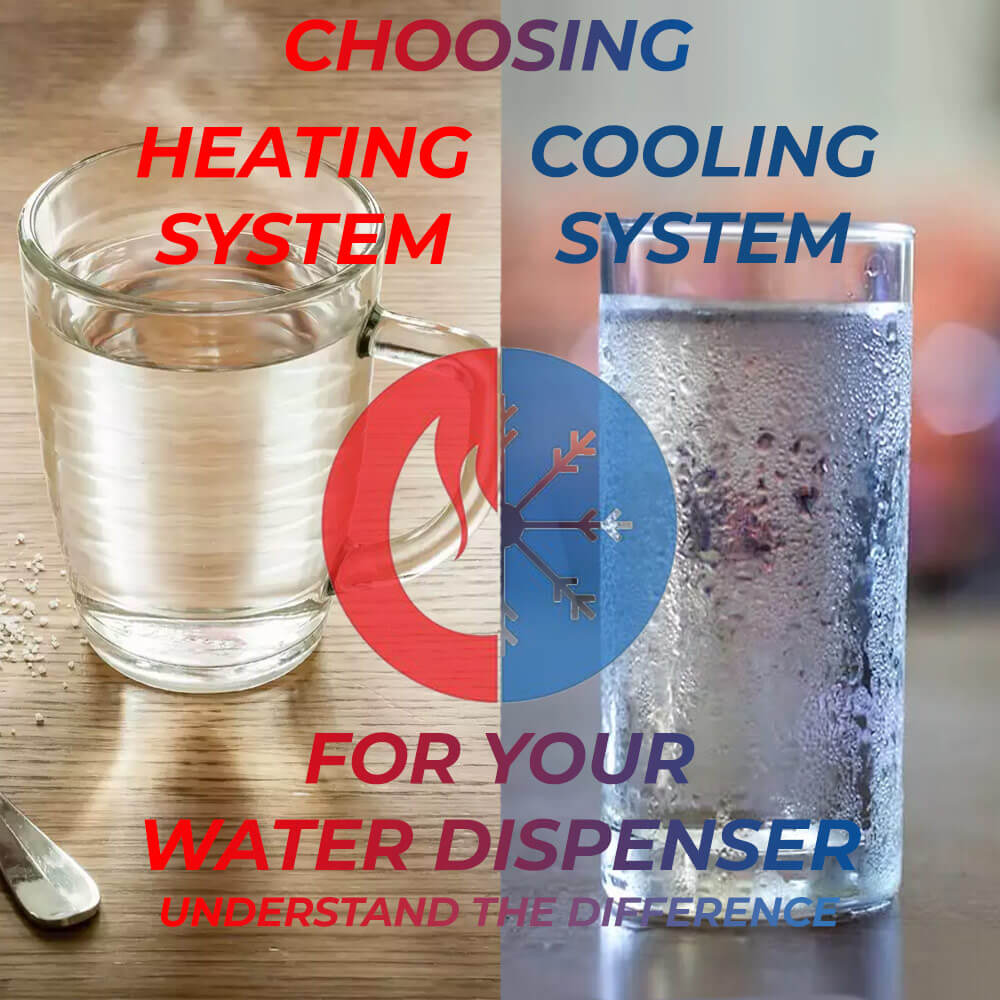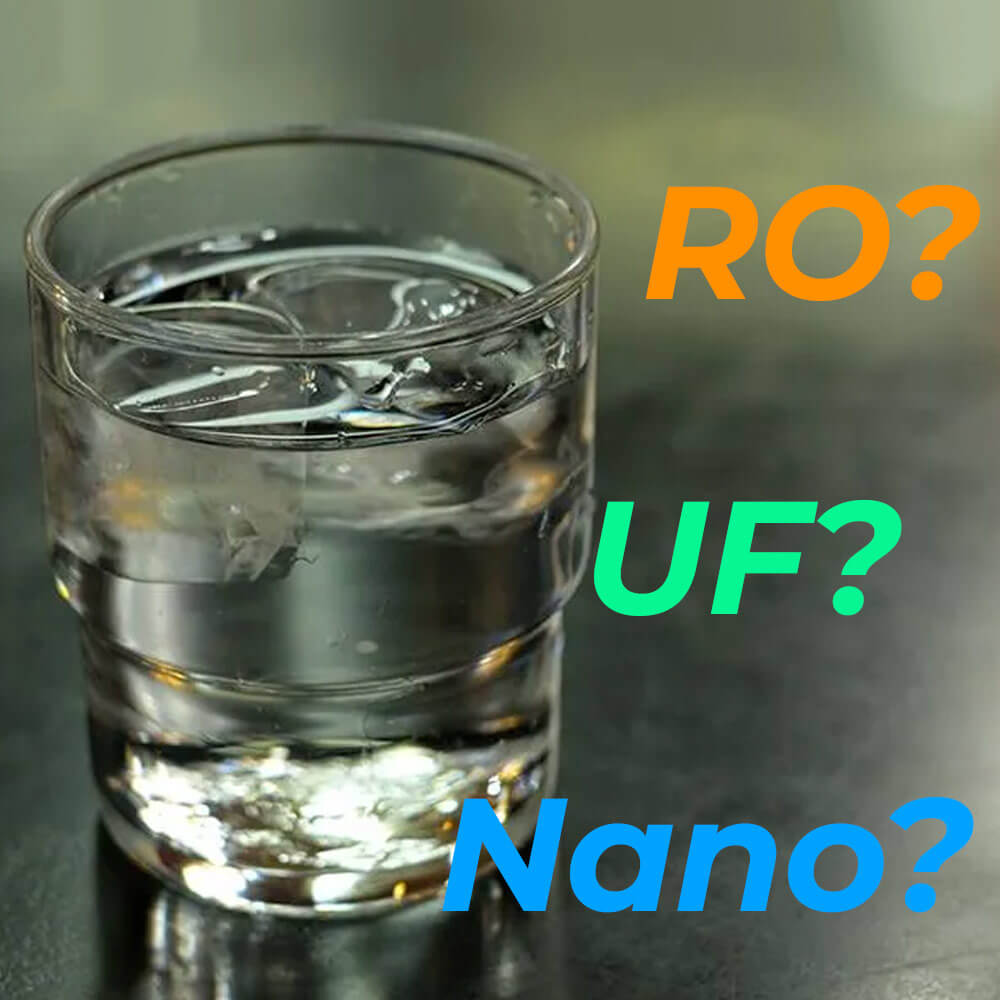Fluoride is a naturally occurring mineral found in water sources worldwide, renowned for its dental health benefits. However, the presence of fluoride in tap water has sparked debates over its safety and necessity. In Malaysia, where access to clean water is a priority, understanding the facts about fluoride in tap water is essential for informed decision-making regarding drinking water safety. Let’s explore the presence of fluoride in Malaysian tap water and whether it warrants removal before consumption.
Continue readingHydration: Debunking the Myth of Eight Glasses a Day
Water is the elixir of life, vital for our bodies to function optimally. But how much water do we truly need to drink each day? The age-old recommendation of eight glasses a day has been ingrained in our minds, but is it based on science or merely a myth? In this article, we unravel the truth behind hydration requirements and explore how much water we really need to drink in a day.
Continue readingHydration Habits: Should You Drink Water During Meals?
Hydration Habits: Should You Drink Water During Meals?
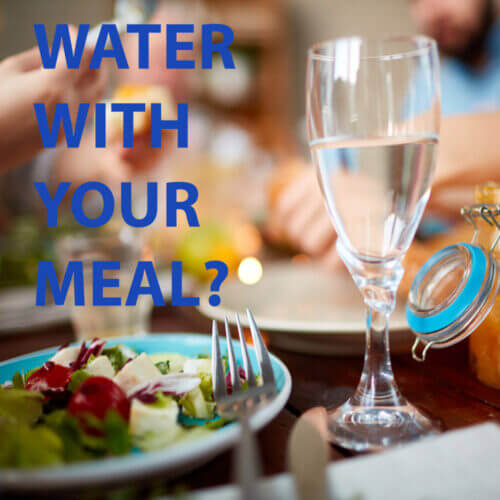 The debate over whether drinking water during meals aids digestion or hampers it has sparked discussions among health enthusiasts and nutrition experts. While some advocate for sipping water with meals to stay hydrated, others caution against it, citing potential digestive issues. In this article, we delve into the pros and cons of drinking water during meals to shed light on this common practice.
The debate over whether drinking water during meals aids digestion or hampers it has sparked discussions among health enthusiasts and nutrition experts. While some advocate for sipping water with meals to stay hydrated, others caution against it, citing potential digestive issues. In this article, we delve into the pros and cons of drinking water during meals to shed light on this common practice.
The Case for Drinking Water During Meals:
Hydration: Consuming water with meals helps maintain hydration levels, especially important considering that our bodies are composed of approximately 60% water. Adequate hydration supports various bodily functions, including digestion, nutrient absorption, and waste elimination.
Appetite Control: Drinking water before or during meals may promote satiety and help prevent overeating. Water takes up space in the stomach, leading to a feeling of fullness that can curb the tendency to overindulge in food.
Digestive Aid: Some proponents argue that drinking water during meals aids digestion by assisting in the breakdown of food and facilitating the movement of nutrients through the digestive tract. Water can also help soften food, making it easier to swallow and digest.
The Case Against Drinking Water During Meals:
Dilution of Stomach Acid: One concern raised by opponents of drinking water during meals is that it may dilute stomach acid, which is essential for breaking down food and killing harmful bacteria. Reduced stomach acid levels could potentially impair digestion and nutrient absorption.
Impact on Digestive Enzymes: Water consumed with meals may affect the concentration and activity of digestive enzymes produced by the stomach and pancreas. Some argue that excessive water intake during meals could hinder the effectiveness of these enzymes in breaking down macronutrients.
Bloating and Discomfort: For some individuals, drinking water with meals may lead to feelings of bloating, discomfort, or indigestion. This discomfort may be attributed to the volume of liquid in the stomach, which can interfere with the natural digestive process.
Finding a Balanced Approach:
While the debate continues, the key lies in finding a balanced approach to hydration and mealtime habits:
Listen to Your Body: Pay attention to your body’s signals and preferences regarding water consumption during meals. If drinking water with meals makes you feel uncomfortable or bloated, consider adjusting your intake.
Hydrate Strategically: Aim to stay hydrated throughout the day by drinking water between meals rather than solely relying on hydration during mealtimes. Sipping water before and after meals can help maintain hydration without potentially interfering with digestion.
Consider Individual Needs: Everyone’s digestive system is unique, so what works for one person may not necessarily work for another. Experiment with different hydration habits and observe how your body responds to determine what feels best for you.
Conclusion:
In the debate over whether to drink water during meals, there is no one-size-fits-all answer. While some individuals may benefit from staying hydrated during meals, others may find that it affects their digestion negatively. Ultimately, finding a balanced approach that supports both hydration and digestive health is key. By listening to your body and adjusting your hydration habits accordingly, you can enjoy meals comfortably while supporting your overall well-being.
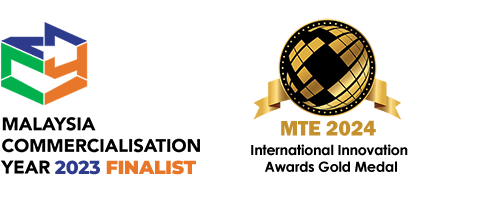
JOIN THE SNAPTEC COMMUNITY
Get The Latest On Water, Hydration, Wellness, and Health
Is Tap Water Safe To Drink In Malaysia? Unveiling The Truth
Is Tap Water Safe To Drink In Malaysia? Unveiling The Truth
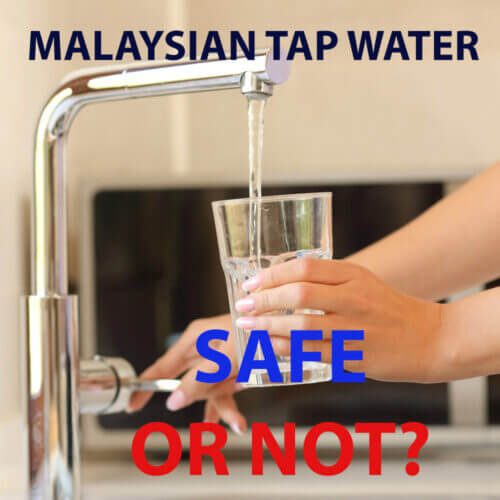 The Quality of Tap Water in Malaysia:
The Quality of Tap Water in Malaysia:
Malaysia’s tap water quality varies across different regions and states. The National Water Services Commission (SPAN) oversees water quality standards and regulations to ensure that water supplied to consumers meets safety requirements. Generally, urban areas such as cities and towns have better water treatment facilities and infrastructure, resulting in higher water quality compared to rural areas which are more inconsistent.
According to SPAN, Malaysian tap water undergoes treatment processes such as filtration, sedimentation, and disinfection to remove impurities and harmful microorganisms. Chlorination is commonly used to disinfect water and eliminate bacteria, viruses, and other pathogens. However, despite these efforts, the quality of tap water can still be influenced by various factors, including aging infrastructure such as rusty piping, environmental pollution, and inadequate maintenance.
Potential Contaminants:
While Malaysian authorities strive to maintain water quality standards, concerns about contaminants in tap water persist. Common contaminants found in tap water include:
Heavy Metals: Industrial activities, mining, and agricultural runoff can introduce heavy metals such as lead, arsenic, and mercury into water sources. Prolonged exposure to these metals can pose serious health risks, especially for children and pregnant women.
Microorganisms: Despite chlorination and other disinfection methods, microbial contaminants such as bacteria, viruses, and protozoa may still be present in tap water, particularly in areas with inadequate sanitation infrastructure.
Chemicals: Agricultural pesticides, industrial chemicals, and household pollutants can leach into water sources and contaminate tap water. Chemical contaminants may have adverse health effects upon ingestion, inhalation, or skin contact.
Ensuring Safe Tap Water Consumption:
While the safety of tap water in Malaysia is subject to ongoing monitoring and regulation, individuals can take proactive measures to safeguard their health:
Use Water Filters: Installing a water filtration system at home can help remove impurities and improve the taste and odor of tap water. Look for filters certified to meet international standards for water quality. As a general rule, looking for a water filter that is able to remove heavy metals. In general, this means RO (reverse osmosis) because it is able to remove everything from the water. However, in recent times, Nano filtration from Korea and Disruptor filtration from the USA is able to drastically reduce and remove heavy metals without removing beneficial minerals from the water. Fully fledged water dispensers or water purifiers are able to also have the added benefit and convenience of instant hot and cold water at the touch of a button or lever.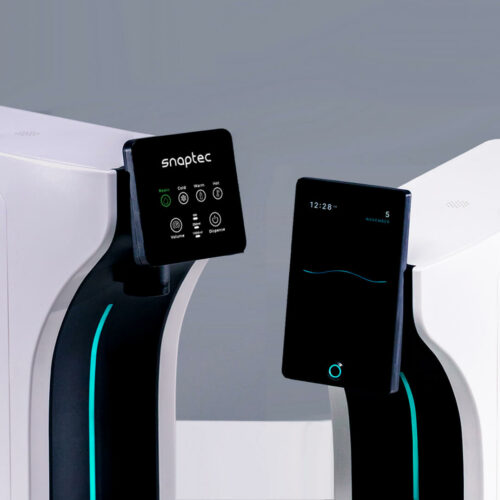
Boil Water: Boiling tap water is an effective way to kill harmful microorganisms and pathogens. Bring water to a rolling boil for at least one minute before cooling and consumption.
Purchase Bottled Water: If tap water quality is a concern, opt for bottled water from reputable brands. Look for products labeled as “mineral water” or “drinking water,” which undergo stringent filtration and purification processes.
Stay Informed: Keep abreast of water quality reports and advisories issued by local authorities. Monitor any updates regarding water supply disruptions, contamination incidents, or health alerts in your area.
In conclusion, while tap water in Malaysia undergoes treatment and disinfection processes to meet safety standards, concerns about water quality and contamination persist. In other words, it is not advisable to directly consume tap water in Malaysia directly. Individuals can take proactive steps to ensure safe water consumption, such as using water filters, boiling water, opting for bottled water, and staying informed about water quality issues. By prioritizing health and hygiene practices, Malaysians and visitors alike can enjoy access to clean and safe drinking water for their daily needs.

JOIN THE SNAPTEC COMMUNITY
Get The Latest On Water, Hydration, Wellness, and Health
The Most Convenient Way To Get Warm Water For Making Baby Milk Formula
The Most Convenient Way To Get Warm Water For Making Baby Milk Formula
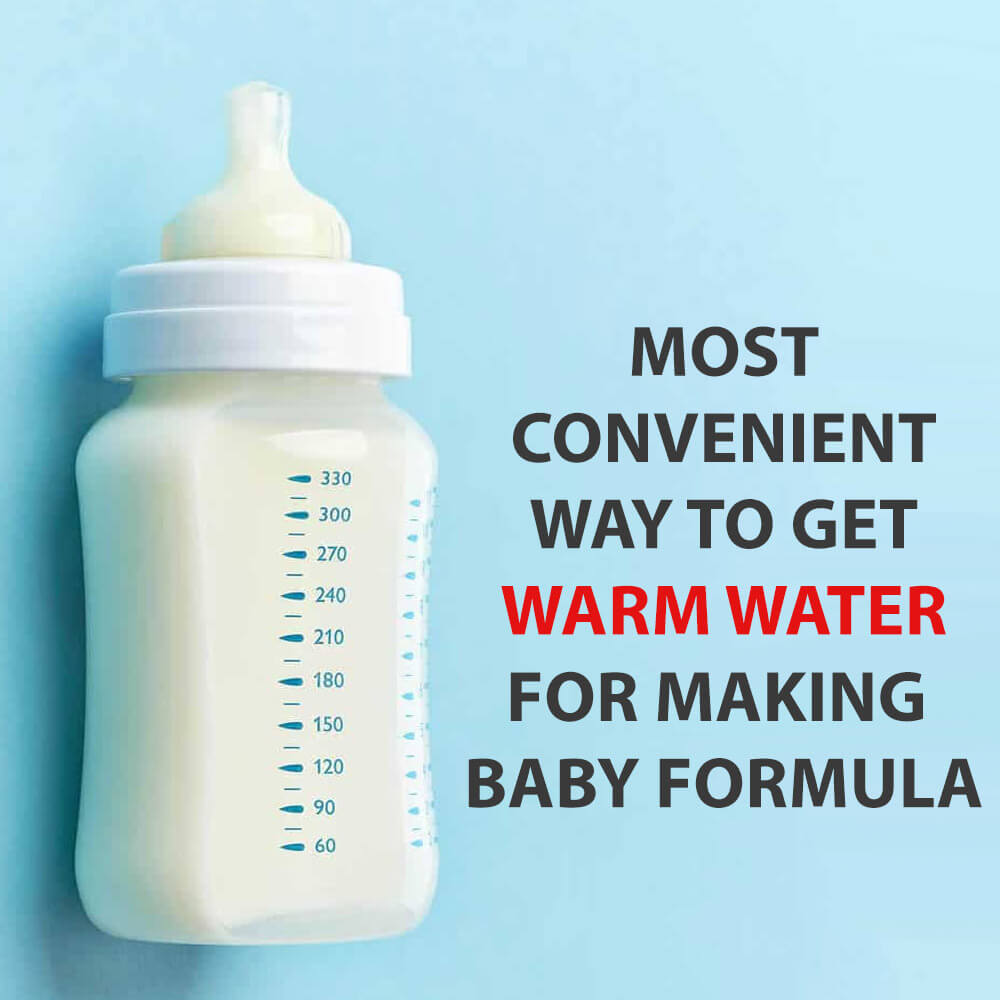
Preparing baby formula requires precision and care, especially when it comes to water temperature. Consistency and adequacy of warmth are vital to ensure the safety and comfort of your little one. In this article, we’ll explore the best ways to obtain warm water for making baby milk formula, ensuring that every feeding experience is both nourishing and pleasant.
Electric Bottle Warmers:
Electric bottle warmers are designed specifically for heating baby bottles to the ideal temperature. These devices offer convenience and consistency, allowing you to achieve the perfect warmth without the risk of overheating. Simply place the bottle in the warmer, follow the manufacturer’s instructions, and within minutes, you’ll have evenly heated water ready for formula preparation.
Warm Water Bath:
For those without access to specialized equipment, a warm water bath can serve as an effective alternative. Fill a clean basin or sink with warm (not hot) water and place the baby bottle containing cold or room temperature water inside. Let it sit for a few minutes until the water reaches the desired warmth. Remember to periodically check the temperature to ensure it remains suitable for your baby’s delicate palate.
Thermos Flask:
A thermos flask can be a valuable tool for maintaining water temperature on the go. Before leaving home, fill the flask with hot water from the tap or kettle. When it’s time to prepare a bottle, pour the hot water into a clean container and allow it to cool to the desired temperature. This portable solution ensures that warm water is readily available wherever you and your baby may be.
Kettle Method:
Boiling water in a kettle and allowing it to cool to the appropriate temperature is a traditional yet effective method for preparing warm water. Once boiled, pour the water into a clean container and let it cool for approximately 30 minutes before using it to mix baby formula. Remember to test the temperature on your wrist to ensure it’s not too hot for your baby.
Using A Water Dispenser:
By far the most convenient method is to just purchase a water purifier or dispenser. Be sure to get one with a warm water dispensing feature and not just one that dispenses only boiling water. Newer water dispensers can even dispense the exact water temperature you want need for added precision. On top of this, water dispensers also filter the water to ensure that the water is free from contaminants and safe to consume for that extra peace of mind.
When it comes to preparing baby formula, ensuring the water is warm but not too hot is crucial for your baby’s health and comfort. By utilizing electric bottle warmers, warm water baths, thermos flasks, the kettle method, or a water dispenser, you can confidently provide your little one with nourishing formula at the perfect temperature every time. Prioritizing safety and consistency in formula preparation fosters a positive feeding experience for both parent and baby, strengthening the bond between caregiver and child.

JOIN THE SNAPTEC COMMUNITY
Get The Latest On Water, Hydration, Wellness, and Health
Aurra Pro 2 Review
REVIEW OF THE AURRA PRO 2 IN SINGAPORE
Did you know that we have just appointed a distributor in Singapore for the Aurra Pro 2? Here’s a short 6 minute review of it by a Singaporean tech youtuber.
What do you think? Malaysia boleh kan? If you like what you see, do join our mailing list below to stay updated about any new developments in this space.

JOIN THE SNAPTEC COMMUNITY
Get The Latest On Water, Hydration, Wellness, and Health
Why Snaptec’s Water Quality Will Always Be Better In The Long Term
Why Snaptec’s Water Quality Will Always Be Better In The Long Term
Imagine servicing your car without knowing its mileage. Is it possible? Sure it is, although you’d probably need to:
- Check your car’s condition more frequently as you don’t know its actual mileage
- Change your engine oil more frequently just in case you go over what the engine oil is rated for to avoid damage
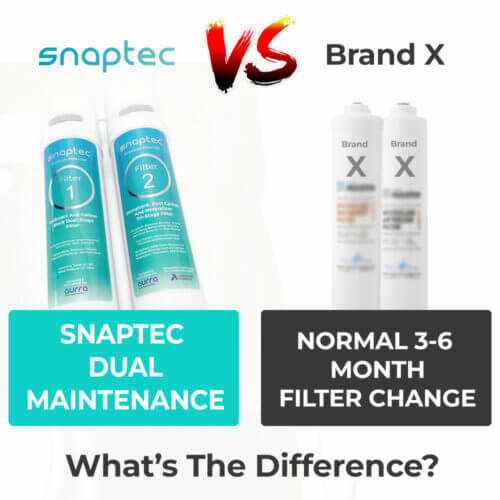
Similar to a car, a water dispenser will only run as well as its maintenance, regardless of how expensive or luxurious the car or water dispenser is.
You would imagine then that water dispenser companies would pay special attention to the amount of consumption and usage of their water dispensers for maintenance purposes. If you thought that, you’d be wrong. Very, very wrong.
With the exception of Snaptec, all major water dispenser suppliers in Malaysia conduct maintenance with just a single metric: TIME. This means that regardless of how many people are using a water dispenser, maintenance will be done at the same interval. To make things even more easy to understand, this means that whether it is two people that are only at home for only a few hours a day or an office of 50 people sharing a water dispenser, there is no difference to the maintenance schedule. It is almost always somewhere between 3-4 months, depending on the company.
This of course creates issues. Let’s go back to the car example above. Without knowing its mileage, the first issue it creates is the frequency of checking on the water quality. This is why maintenance needs to be done more frequently. Secondly, filter changes are done on a best / worst case basis. Ie: lots of guesswork. Speaking of guesswork, guess who covers the cost of all the unnecessary work and filter replacements? No prizes here!
At Snaptec, we have introduced water dispensers that connect to the internet. One of the main benefits of this is that we are able to transmit data and diagnostics over the air. We are able to monitor every dispense and even diagnose simple errors remotely. We only change filters and conduct maintenance when it is necessary. Every Aurra has its own unique maintenance cycle and service intervals are dynamic and according to every household’s actual and unique consumption.
Our filters are rated for 3000 Litres, and our maintenance is done every 3000 Litres or 6 months, whichever comes first. This means that if you are a heavy user (say in a office with 50 people), maintenance may on average be every 2 months. However, if you’re a small family, maintenance may be every 5 or 6 months on average. No wastage, highly efficient, and super optimized. All you have to do is to connect the Aurra to your home or office WiFi network to automatically enable this feature.

JOIN THE SNAPTEC COMMUNITY
Get The Latest On Water, Hydration, Wellness, and Health
How We Improve The Aurra Pro Over Time
How We Improve The Aurra Pro Over Time?
Software updates. A concept that everyone with a smartphone should be familiar with. Apps update over time, new features are introduced, bugs fixed, optimizations done.
What we have done is to steal copy borrow this idea and introduce this concept to the water dispenser.
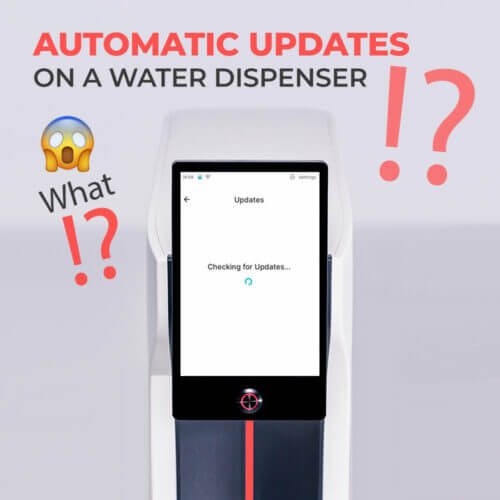
“What benefit does this bring?”
“Why does a water dispenser need to be updated?”
No, I’m not a mind reader! In theory, you can take any normal water dispenser in the market or even our more basic models the Aurra Lite and Aurra Plus, and I’ll agree with you that it’d be impossible to add features through software updates.
BUT! When it comes to the Aurra Pro, the 7” touchscreen and internet connectivity changes this theory quite a bit. Take our latest update (version 1.3.24) for example. We introduced the eco mode which allows our customers to select the time they need and do not need cold water. The Aurra Pro will then automate the rest, individually turning the cold water module off when it is not needed. This reduces the electricity consumption and therefore bill by about 20%. Talk about real tangible benefits.
The 7” touchscreen acts like a blank canvas for us to introduce new features and experiments. But the good news does not end here. For new features, Aurra Pro customers specifically get to vote on the features that they would most like to see, and we develop the feature that gets the highest vote. Our community is KING!
In this way, the Aurra Pro is truly the most future-proof water dispenser that you can find in the market today. Compared to more traditional water purifiers that start to get obsolete the moment it is installed, the Aurra Pro only gets better and better over time.

JOIN THE SNAPTEC COMMUNITY
Get The Latest On Water, Hydration, Wellness, and Health
Water Dispenser Heating & Cooling Technology Guide
Get Our WATER DISPENSER HEATING & COOLING TECHNOLOGY Guide
Ever Wondered What’s The Difference Between Tank & Tankless Heating Systems?
Why You Should Get The Guide:
- Get An Insider & Industry Expert View On Various Heating & Cooling Technologies Used In Water Dispensers Both Modern and Traditional
- Pros & Cons of Each System
- Explore Which Technology & System Suits Your Needs
- Learn About Hidden Running Costs Of Each Technology & How To Calculate
- Eco-Mode, Is It Important?
THE MOST COMPREHENSIVE water DISPENSER HEATING & COOLING TECHNOLOGY Guide IN Malaysia
Why We Wrote This PDF Guide?
- Too Much Conflicting & Confusing Information Out There
- Heating & Cooling Is One Of The Most Common Questions Asked By Everyone
- Being A Manufacturer and Researcher In The Industry, We Are Well Positioned To Advise You
- We Want To Disrupt and Change This Industry For The Better

GET THE WATER DISPENSER HEATING & COOLING TECHNOLOGY GUIDE FOR MALAYSIA
Fill Up Your Details Here And We Will Email You The Guide
Water Dispenser Filtration Systems & Technology Guide – What’s The Difference
Get Our water FILTRATION TECHNOLOGY Guide For Malaysia
If you don’t know what’s the difference betweeen RO, UF, Alkaline, Nano technologies, this is the guide for you!
What We Cover:
- All Popular Filtration Types Including Distillation, RO, UF, Nano, Alkaline, Disruptor, and more!
- Whether Water Filters Are Necessary Or Will Boiling Water Suffice
- We Simplify Water Types Into 3 Main Categories, And Cut Through The Marketing Hype
- The World Health Organization(WHO) Recommendation On Drinking Water That You Absolutely Must Know
- What Certifications To Look Out For
- A Brief Look At Structurally Modified Water & Its Effectiveness

GET THE WATER FILTRATION TECHNOLOGY GUIDE
Fill Up Your Details Here And We Will Email You The Guide

